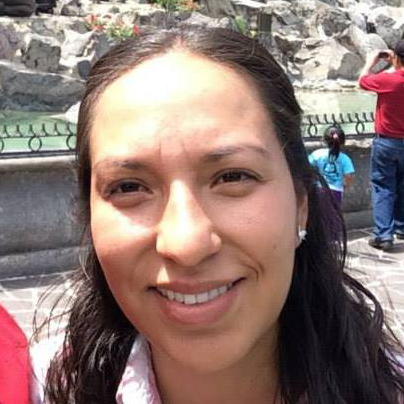Praise For: Tongue-Tie and Palate Evaluation Procedures
Hear directly from our students about the benefits of our program.
-

Wendy Sanches, DC
A thorough review of the cranium and sutures, understandings of cranial restrictions and how tongue ties affect these or cause these restrictions.
It’s allowed me to understand more on the palate and its flexibility, more confidence in speaking and explaining to parents about cranial distortions and tongue ties and confidence to give parents the wait and see approach, while working on freeing the cranial restrictions.
This course has given me new perspectives of the cranial movement and palate effects with cranial restrictions. It’s given me a few more ways to evaluate the infant to know if there are restrictions I wasn’t looking for before, since applying these assessments I’ve found more restrictions than before, cause now I’m looking for them and it’s helped colic babies feel more comfortable and less fussy also has improved nursing challenges for mom and baby, such as less discomfort for mom while nursing and less air getting in for baby which decreases colic/tummy upsets.
I would recommend this course for anyone working on infants as it helps you have a greater understanding of how to help reduce tension of the baby’s head/face/body for a healthy happy baby. I would let them know that if you are a southerner where we talk slower, you may have to watch the videos a few times for it all to sink in, cause he talks fast. But other than that it’s a great course.
This was a great class. Lots of information. You talk fast for my southern brain (I forgot how fast you were; I took your classes when you taught with the ICPA, lol). You are a wealth of knowledge, and I look forward to taking more in the future. Thank You.
-

Elizabeth Sanchez, DC
“The material is broken down in digestible pieces, the videos are short and can be watched multiple times, material is applicable in practice.
My son had tongue tie and the program has allowed me to work on him and many other babies.
I recently worked on a newborn with severe plagiocephaly and tongue tie utilizing these techniques with great success
Love the classes; hope to see them in a hands-on class soon.”
-

Madeleine Picard, DC
“This program has well organized modules that are scheduled efficiently with useful workshops.
I could practice with my patients right after learning
With a baby having problems in latching, her mother reported improvement after two visits. And now 3 months later, still doing better for a total of 4 chiropractic treatments!
I liked the live session, even though I couldn’t attend. It was nice listening to real time questions and answers.”
-
Anastasia Lander, DC
“My three takeaways from this program are:
1. Know your contacts
2. It is our job as chiropractors to assist our patients to maintain the greatest level in our patient regardless of whether they choose to have surgical intervention or take the wait and see approach.
3. Fruit jar seriesI have been able to better assess and address patients with tongue-ties.
We had a mom that had had difficulty nursing her infant and gave up on breastfeeding, she had dealt with multiple episodes of mastitis, the child was colicky, and mom was near postpartum depression. Using the techniques we learned in this course, I was able to assist the child especially with expansion of palate and improvement of tongue movement and the child has been sleeping and eating better.
Thank you for putting this course together.”
-

Jeanette Honig, DC
This program was excellent, helping me totally completely understand how to evaluate and treat the palate
This program has made me the expert in my community with tongue, lip, and cheek ties, and both evaluating them and treating them. I have gotten great results.I can share with you many instances where I use the techniques learned in this class to evaluate and treat my patient. I had a little girl who came in to me, and when she came in, she could not even turn her neck. Her mom was having tremendous trouble, breast-feeding her, even after her tongue tie, release. Now the baby is totally breast-feeding and her brachycephaly is totally going away. Her mom also understands that breast-feeding is not where it ends, but where it begins as the brain develops 101% and grows the first year of life.
Yes, I would definitely recommend this course to others.
I have been studying with Dr. Rosen and Dr. Watson for the last 18 years. What can I say about that? You’re extremely great and extremely knowledgeable and the best anybody can hope for.
The SOT® Pediatric Certificate Program
Demonstrate your commitment to your profession and patients, enhance your skills, and place yourself on the road to mastery in the art of chiropractic adjustment.

